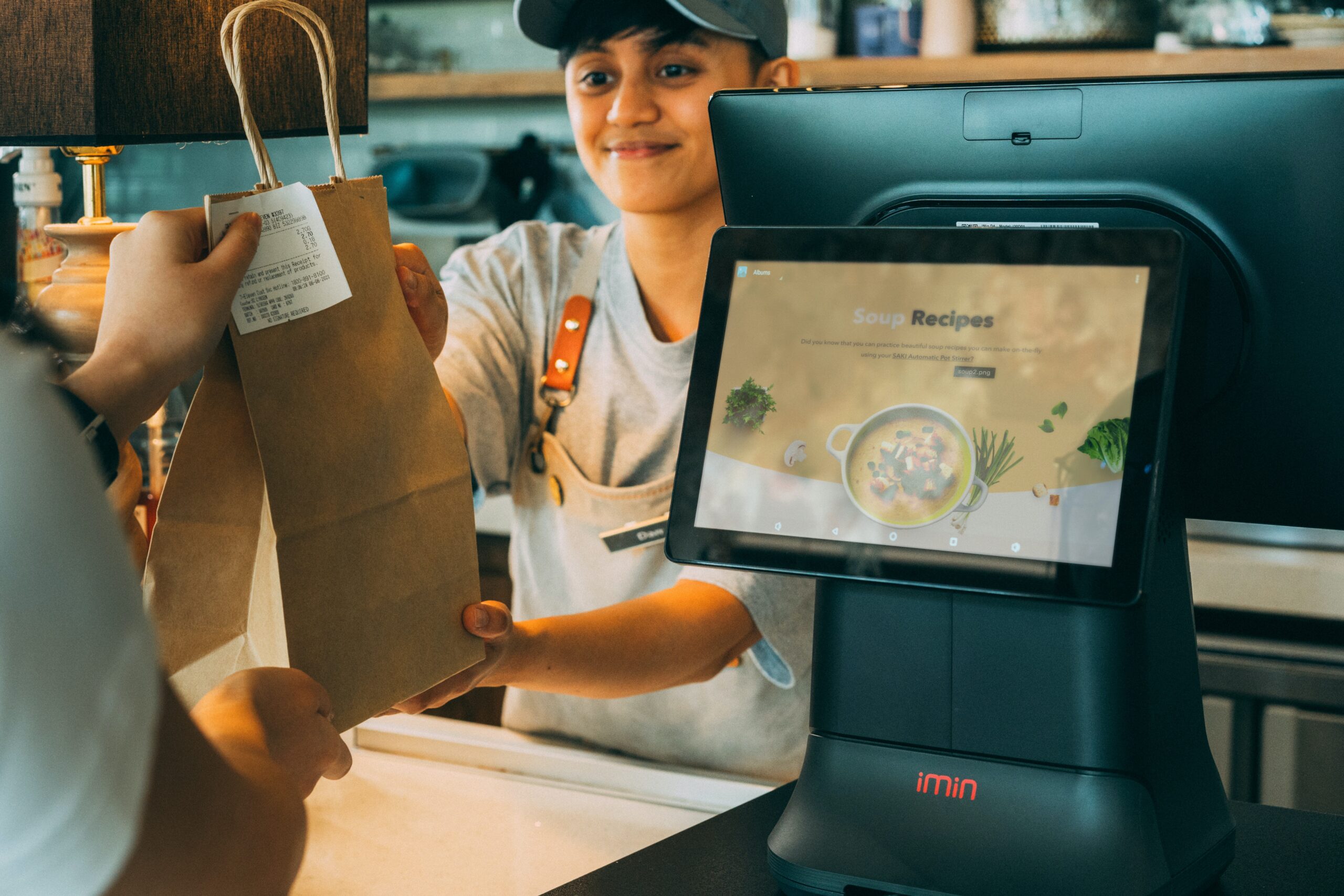Photo by Taras Chernus on Unsplash
Ensuring brand quality is an ongoing, multi-faceted endeavor. It involves meticulous attention to consumer-facing images, a consistent brand voice, distinctive logo and color choices, and an unwavering commitment to the brand lover. Moreover, understanding your brand position, maintaining product consistency, and staying attuned to consumer trends are equally crucial.
Ensuring Brand Quality: 11 Things to Consider
With evolving businesses and ever-shifting market dynamics, the quality of a brand emerges as a cornerstone that often dictates its success. The brand, much like the beating heart of a company, represents its values, ethos, and promise to the consumers. Whether you’re at the threshold of launching a fresh brand into the market or strategizing to elevate and refine an already established brand, maintaining impeccable quality is non-negotiable. This commitment to quality transcends the visual aesthetics. It delves deep into the experience, consistency, and trust the brand establishes with its audience. In an environment where consumers are bombarded with choices, ensuring your brand’s quality becomes a priority and a mandate for survival and growth.
1.Consumer-Facing Images
Visual representation defines the very first impression a consumer gets about your brand. High-quality, relevant images capture attention and convey a message about your standards. These images should consistently resonate with what your brand stands for.
2.Brand Voice
Your brand voice exemplifies the personality of your business. Is it playful, formal, or inspirational? This voice must be consistent across all platforms. It’s not just about words; it’s about the tone and the emotions they evoke.
3.Logo and Color Palette
A logo is the face of your business. It should be memorable and reflect your business’s ethos. The color palette, on the other hand, evokes emotions. For instance, blue often signifies trust, while red can evoke feelings of passion or urgency. They should tell a coherent, compelling story about who you are.
4.The Brand Lover
The brand lover is your ideal customer – champions your brand, becomes a repeat customer, and spreads the word. Understanding and catering to this persona ensures brand loyalty and, in turn, increases lifetime customer value.
5.Brand Position
Where does your brand stand in the market? Your brand position is the unique space you occupy in the minds of your consumers relative to your competitors. Knowing and solidifying this position can guide your marketing strategy.
6.Product Consistency
Quality assurance is vital. Consumers should know what to expect each time they interact with your brand. If there’s inconsistency, trust erodes.
7.Competitive Advantages of a Strong Brand
A strong brand is a competitive advantage. It instills trust, assures quality, and can justify premium pricing. Moreover, a robust brand often increases customer loyalty and referrals as a growth catalyst.
8.SWOT Analysis
To ensure brand quality, periodically conduct a SWOT analysis. Identify your brand’s Strengths, Weaknesses, Opportunities, and Threats. This strategic tool not only helps in addressing current challenges but also in leveraging potential opportunities.
9.Consumer Trends
The modern-day consumer is informed, dynamic, and ever-evolving. Brands must stay attuned to changing consumer preferences and trends. Being proactive rather than reactive to these shifts can set your brand apart.
10.Pivoting Strategies
Change is inevitable. Despite best efforts, brands sometimes need to pivot to align with changing market dynamics or internal business shifts. Effective pivoting involves reassessing the brand voice, imagery, and even position, ensuring it continues to resonate with your audience.
11.Culture
Your company culture should mirror your brand values. Employees are brand ambassadors, and their belief in the brand often transcends to the consumer. A strong, positive internal culture fosters external brand loyalty.
Conclusion
To sum up, ensuring brand quality is an ongoing, multi-faceted endeavor. It involves meticulous attention to consumer-facing images, a consistent brand voice, distinctive logo and color choices, and an unwavering commitment to the brand lover. Moreover, understanding your brand position, maintaining product consistency, and staying attuned to consumer trends are equally crucial. Periodic SWOT analyses and the flexibility to pivot when necessary ensure your brand remains relevant. Finally, never underestimate the power of company culture in reinforcing and radiating brand quality.
Learn more about branding and franchising, click here
===========================================
This article was researched, developed and edited with the support of AI










